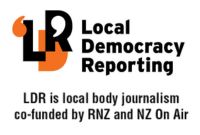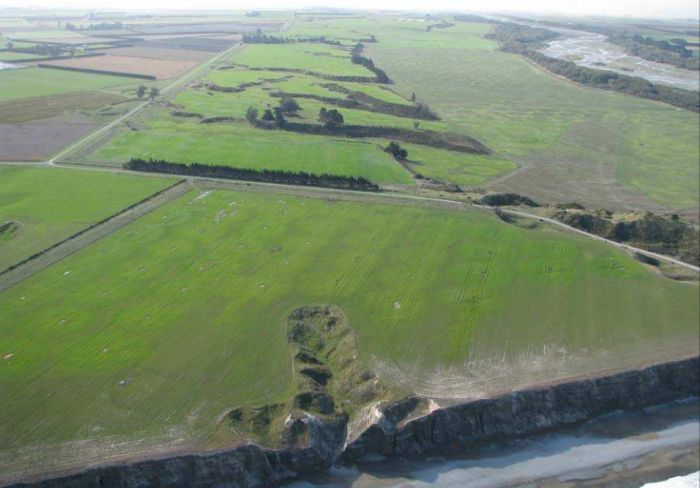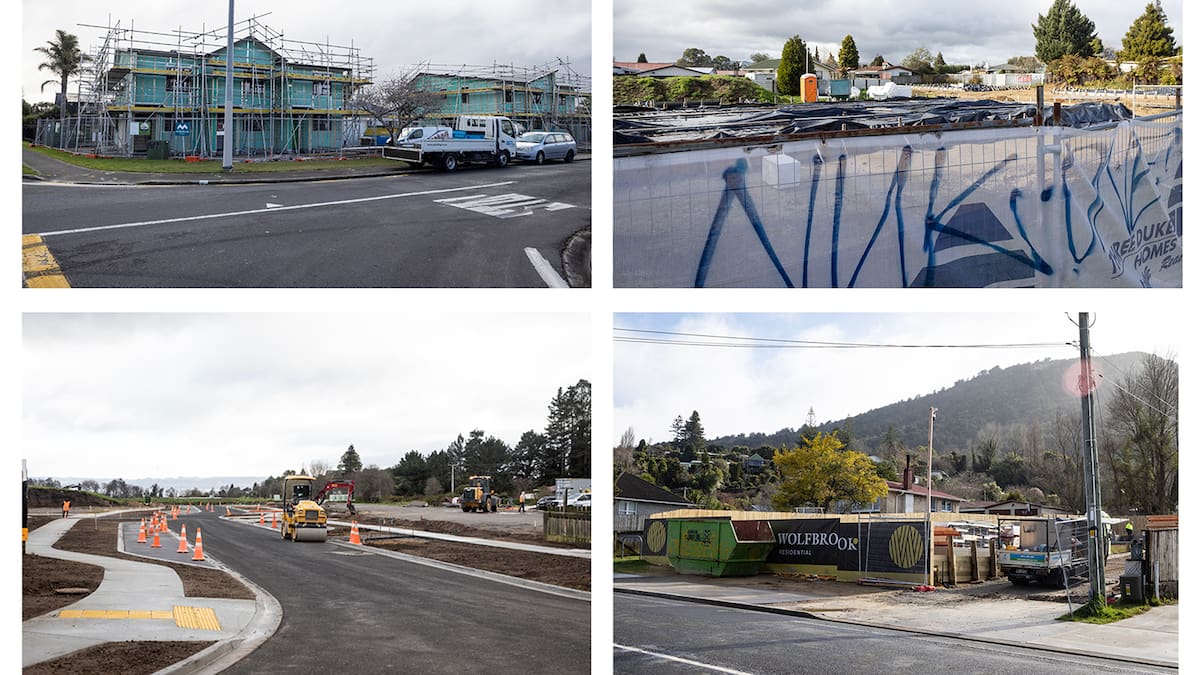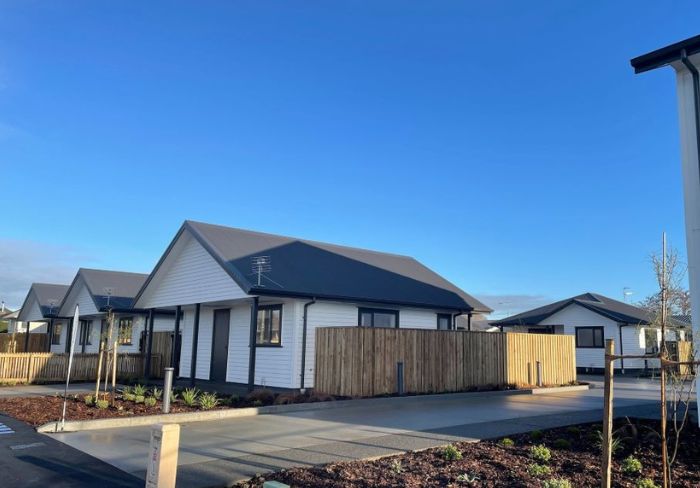The water from your shower, kitchen sink, and toilet doesn’t just disappear and historically in Ashburton, it was simply piped directly into the river.
Times have changed and now it ends up on at Ocean Farm, a far more environmentally friendly process that benefits the ratepayer.
LDR Reporter Jonathan Leask looks at how the farm came to be and the challenges it faces in a world of increasingly stringent compliance.
Ocean Farm sounds like a picturesque slice of typical Canterbury Plains farmland.
The 300 hectares near the coast features grass pasture and a wetland.
It is actually the end of the line for the wastewater treatment for Ashburton, and where the waste is turned to gold.
The town’s wastewater is piped to the Wilkins Road treatment plant outside Tinwald where it is filtered and treated through an oxidation pond and two maturation ponds, and then piped nearly 11km by gravity to Ocean Farm.
The farm runs parallel to the southern bank of the Ashburton/Hakatere River and near the coast at Ashton Beach.
A nine-hectare constructed wetland provides the final stage of treatment, and the treated wastewater is then irrigated onto 265ha of pasture.
The farm is managed as a grass harvest operation by local contractors, who cut and sell the grass as feed which returns an income to meet some operating and maintenance costs of the system – offsetting rates for Ashburton residents.
Council infrastructure and open spaces general manager Neil McCann said that in the 2022/23 financial year, the farm yielded 2,473,557kgs of dry matter providing $272,000 in revenue.
Ashburton’s entire wastewater network services around 19,000 people and there are around 165km of wastewater pipes, with Ocean Farm being the endpoint.
The network typically carries around 10,000 cubic metres (m3) a day, the equivalent of around 115 litres per second, McCann said.
Up until 1975, all the town’s wastewater had been discharged untreated directly into the Ashburton River.
Concerns over the impact on the river environment and other river users resulted in the construction of the oxidation ponds at Wilkins Road, on the eastern edge of Tinwald, and then treated effluent began being discharged into the Ashburton River.
That still wasn’t good enough, and as the consent expired in 2002, the council investigated and consulted with the community on better options.
The investigative work into options had started as far back as 1993, McCann said.
Initially “everything was on the table” including discharging to the river, land, ocean, or a combination.
“Ultimately, once the decision was made for land-only discharge, then there was a process covering the short-listing of potential sites.
“Site shortlisting considered soil suitability, proximity to existing infrastructure and ease of expansion if necessary.”
The wastewater disposal facility at Ocean Farm was granted consent in 2004 and completed in 2007.
The consent has since been renewed in 2012 and will expire in 2039.
With an increasingly rigorous focus on water quality and environmental outcomes, the council is aware Ocean Farm will face compliance issues in the countdown to renewing the consent.
“It is generally accepted that additional upgrades will be required to the existing systems when it becomes necessary to renew consents.
“The consenting environment has changed significantly since the original consents were secured and in general the public’s expectations have also increased.”
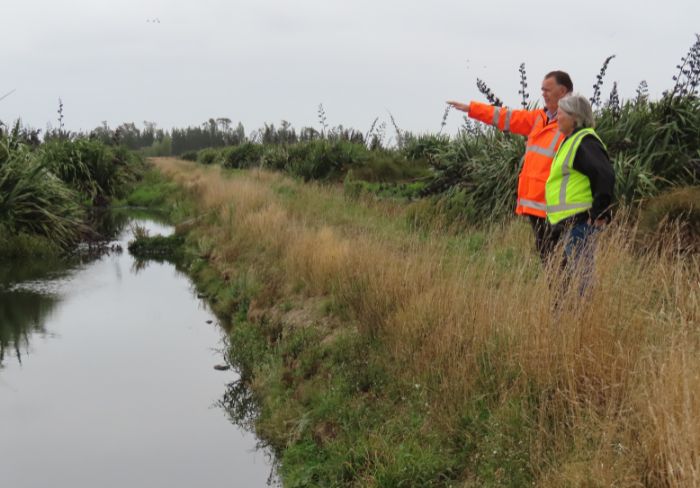
Most of the treatment occurs at Wilkins Road, long before it gets to Ocean Farm, McCann said.
“The wetland provides some further treatment, notwithstanding the bird influences. The act of disposing of wastewater to land is a large part of the improved environmental solution.
“There are options to improve the quality of treated effluent discharged to land which includes providing additional treatment systems at Wilkins Road, and there is an option to add a UV disinfection step at Ocean Farm prior to irrigation to land.”
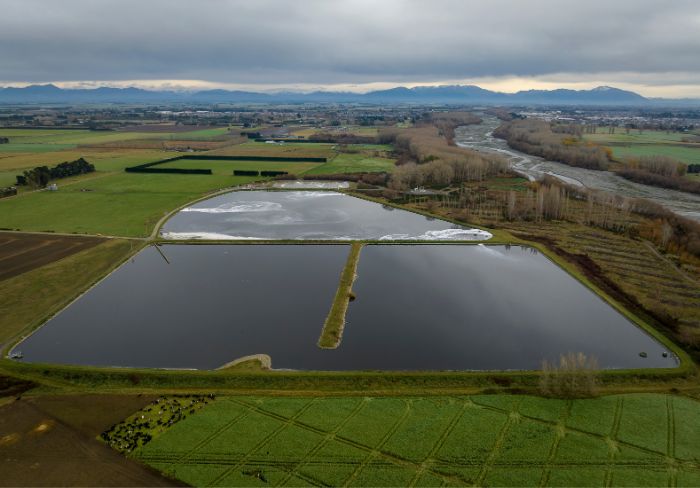
Ocean Farm has had issues since day one, mainly around the irrigation system and the wetland.
The irrigation system is a big concern and the council is investigating the potential upgrades or replacement of the irrigation system.
From 11km of pressurised control pipeline, there is a network of irrigation laterals over 60 kilometres in length.
These end in 1400 pop-up sprinklers which are computer controlled to irrigate over 280 hectares of farmland.
The system has poor coverage, reducing the amount of grass grown which impacts the amount of nitrogen removed through the cut-and-carry operation.
The irrigation upgrade is in the council’s infrastructure strategy, but has not been included in the long-term plan due to the uncertainty around the best option and the cost, McCann said.
The infrastructure strategy indicates that around 2026, in time for inclusion in the next long-term plan, a decision is expected to be required on the future irrigation system for Ocean Farm.
“Work is ongoing at present to refine our view on the future direction and develop more realistic costs for the options.
“We need to spread the treated wastewater as evenly as possible over as large an area as possible.”
There is 280ha of farmland available but the sprinklers end up irrigating smaller circles that don’t overlap, leaving unirrigated gaps, “so we’re not using all of the available land area”.
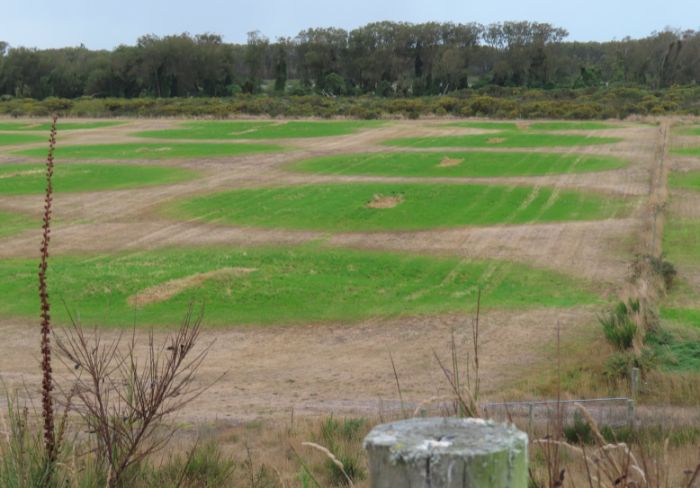
“The main reason for the low coverage is pressure loss as the water goes from the pump station to the actual sprinklers.
“This is a combination of normal losses along the pipe network, blockages and restrictions in the smaller lateral pipes and joints, and blockage and restriction in the sprinkler heads themselves.
“An operator is based on site and spends a lot of their time cleaning blockages from sprinkler heads.”
The blockages are caused by algae and small particles in the treated wastewater, he said.
The operation is required to be below a certain maximum nitrogen loading rate, measured as kg of nitrogen per hectare.
Irrigating the same amount of wastewater over a smaller area means the nitrogen loading rate is higher than it could be, which affects compliance, McCann said.
Another factor to consider is that because wastewater is irrigated on the pasture it is not eligible for some markets.
There are three options under consideration, and because of the shape and form of the farm it is likely a combination is probably going to be needed, McCann said.
The options are;
• Subsurface drip irrigation would require the wastewater to be filtered or screened before irrigation, but would provide very even coverage, increase the area irrigated, and would allow the grass to be sold to wider markets because the wastewater was only applied to the root zone.
• Centre-pivot or lateral irrigation would allow very even irrigation coverage and could be more tolerant of blockages, which increases the area effectively irrigated.
• Impact sprinklers are more resistant to blockage and could provide more consistent coverage. The trade-off is that fixed sprinklers complicate the harvesting process.
An additional 33 hectares have been purchased to extend the irrigation area.
Then there is the wetland system, made up of a series of 16 filtration ponds that have been planted with native reeds to optimise the filtering and matter breakdown process of the effluent.
The vegetation has established inconsistently, leading to excessively slow flows in parts, and channels have been cut to relieve the impediment.
“There was high variability in the success of the establishment of the wetland planting. Upper reaches of the wetland established successfully whereas lower reaches did not.
“This has created hydraulic issues in the management of wetland flows.
“Also, the wetlands have attracted a very large bird population which has impacted water quality from the wetlands and compliance.”
It has its issues, but Ocean Farm is an environmental solution that has the wastewater treated to a higher standard than ever before and has the potential to improve in the future.
Wastewater investment
The Ashburton District Council has been actively investing in upgrading its wastewater network to keep up with the progressively stringent compliance regimes coming from central Government.
In 2008, the treatment plant at Wilkins Road, the largest in the district that is capable of pumping up to 800 litres per second, was upgraded and more treatment stages were added to the process.
In 2020, a $7.7m upgrade had around 1,100m of new wastewater pipe installed across the Ashburton/Hakatere River and connected to the newly constructed pump station built 10 metres underground at the end of Wilkins Road.
Then in 2021, the council connected the Ashburton River crossing pipe at the end of Milton Road South to a new 5.1km of pipe to Bridge Street in Netherby, a $10m project that received $7.98m from the Government’s three waters reform stimulus package.
There is a further $22.6m to be spent on wastewater infrastructure in the long-term plan.
As well as ongoing renewals and maintenance it includes work earmarked at Wilkins Road for de-sludging as the level of sludge (the residual, semi-solid material that is produced as a by-product during sewage treatment) is beginning to reach levels that are beginning to risk causing problems for the treatment.
By Jonathan Leask
